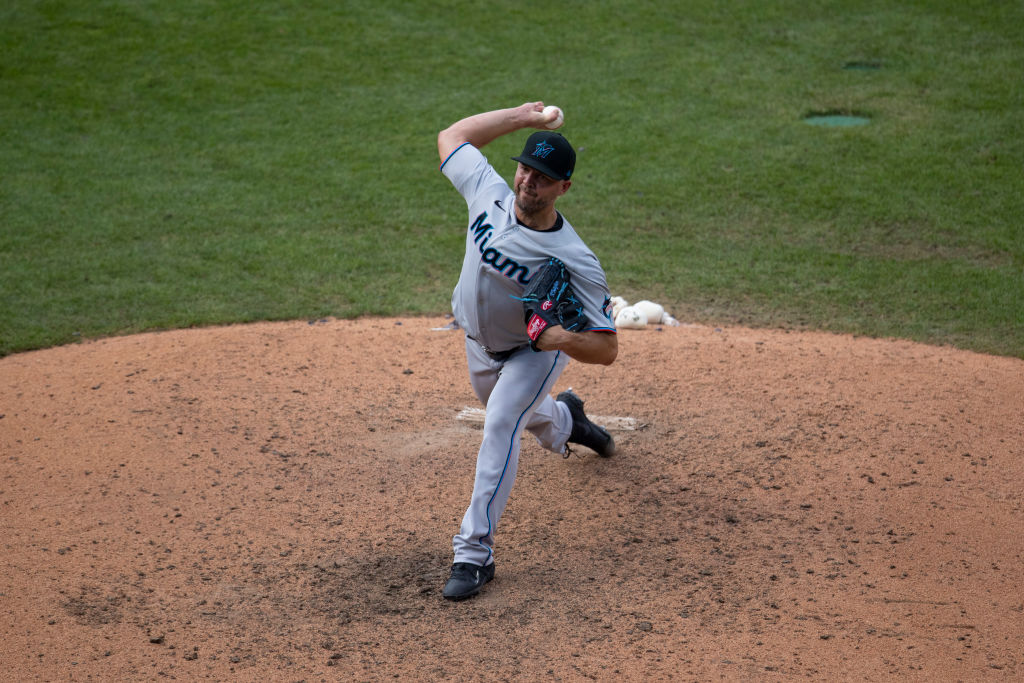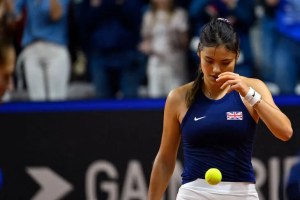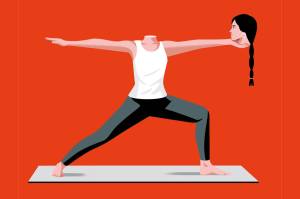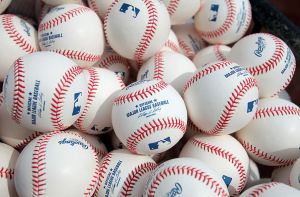Sports are finally back after months of lockdown with nothing but flashbacks and game highlights on ESPN. The MLB began its delayed season last week, the NFL started training camp Tuesday, the NBA resumes Thursday and the NHL resumes Saturday.
But will this heavenly sports schedule hold up as COVID-19 continues to spread around the country? Medical experts say it depends on the specific plans of each league — with the key being the ‘bubble’.
The ‘bubble’ concept, used by the NBA, NHL and MLS, locks down the specific area of operation of the league so that no one can enter or leave. The MLS, which resumed playing in early July, had two teams withdraw from the season after a wave of positive COVID-19 tests. But in the nearly three weeks since then, the league has had zero coronavirus cases. The NBA and NHL also currently have no COVID-19 cases within their respective bubbles heading into play this week.
Dr Dean Winslow, an infectious disease physician and medical professor at Stanford University, praised the NBA’s bubble plan, calling it ‘a science-driven, very disciplined process’.
‘I have every reason to believe we can be optimistic that the bubbles will continue to be successful,’ he told The Spectator. ‘I would be less optimistic of the ability to do it without the bubble.’
The MLB originally proposed to conduct its shortened season in a bubble, but the idea was nixed by the players’ union. Instead, the league agreed to play in stadiums with no fans and other in-game safety measures, such as banning sunflower seeds, licking fingers for pitches, and making dugouts longer so players can socially distance. Players, however, face no specific restrictions outside of gameplay.
This weekend, at least 14 members of the Miami Marlins, including 12 players, reportedly tested positive for COVID. The team knew it had several positive cases ahead of its Sunday game against the Philadelphia Phillies but opted to play anyway. Luckily, no Phillies members have tested positive thus far. The MLB suspended Marlins games until this Sunday.
Dr Geoffrey Dreher, a medical professor at Johns Hopkins University, where he also serves as a team physician, said the risk of athletes playing outside of a bubble is unpredictable due to each team’s different travel schedule. Still, he said there is reason to believe the MLB can continue to play safely so long as it is prepared to deal with the inevitable outbreaks.
‘I would move forward expecting COVID-positive athletes and staff,’ he told The Spectator. ‘When that happens, it will be a testament to your protocol and response if the infections are contained or an outbreak occurs. I see this as a tipping point, which the MLB is currently experiencing one week into the season.’
Baseball stadiums are far less risky than indoor basketball arenas, but MLB players are still in close contact in their team clubhouses, where Winslow suggested the virus likely spread. However, he said the league’s in-game protocols are ‘more than adequate’ and that there is minimal risk of outbreak for teams traveling on planes due to efficient air exchange rates.
The key to effectively dealing with outbreaks, according to Dr Kevin Pham, a policy analyst at the Heritage Foundation, is instituting daily tests with quick results. He agreed that a bubble format is the safest option for sports leagues, but noted that the MLB and NFL’s alternative plans are ‘difficult but not impossible’ to execute.
‘These are places where it’s essentially impossible to maintain social distancing to prevent the spread of the disease,’ he told me. ‘Your linemen are right next to each other spitting in each other’s faces — there’s really no avoiding that.’
***
Get a digital subscription to The Spectator.
Try a month free, then just $3.99 a month
***
A growing number of NFL players, including six members of the New England Patriots, are opting out of the upcoming 2020 season because of potential health risks.
Doctors Winslow, Dreher and Pham all noted that the long term risks of COVID-19 are still unclear. Pham said even if it is later proven that COVID-19 can spark long-term heart and lung damage, it would be unlikely to affect professional athletes because of their relatively young age and strong builds.
‘Sports is something that’s going to be really helpful for America at this time,’ Pham told The Spectator. ‘It’s been a tough period, and if we can get sports back, it will go a long way to help us ease back into a normal way of life.’


















